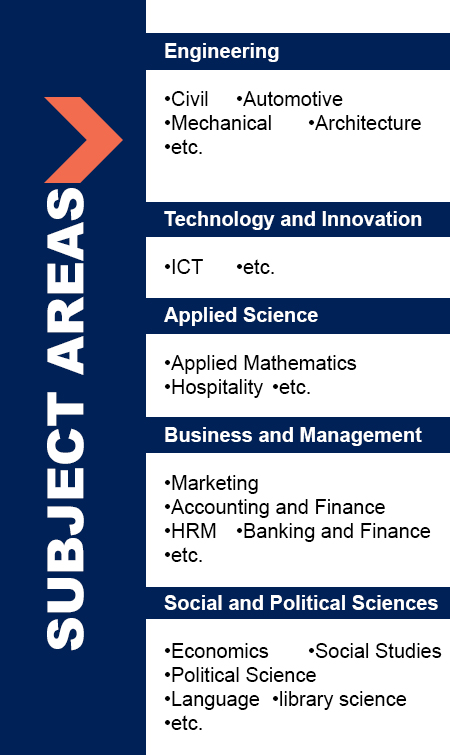Four-Wave Mixing Effect and Its Security Implications on a WDM System
DOI:
https://doi.org/10.47127/ijtmr.v5i4.105Keywords:
Four-wave mixing, Security, Wavelength division MultiplexingAbstract
The data yearning of the world is expanding massively with time and it is convincing media transmission organizations to
mount up procedures to satisfy the high information need just as giving a proficient support. During the exponential
development of data hungry clients, media transmission organizations fantasize about giving nature of administrations at
a lower cost to their clients to endure the challenge in the market. Transmitting products of signs through a solitary direct
in perspective on serving a huge number of clients all the while by wavelength division multiplexing (WDM) is the
appropriate response. Four-wave multiplexing (FWM) is the optical sign float from one channel to the next. This impact
has the inclination of forcing a danger on the fiber correspondence organize consequently undermining the security and
secrecy of the data sent by the clients. In this work, FWM impact and its security issues are broken down. The different
Tangle lab reenactment consequences of this FPM is contemplated utilizing optical.
Citation: Anita Antwiwaa, Seth Okyere-Dankwa, Mensah Sitti and Anil Kumar, Four-Wave Mixing Effect and Its Security
Implications on a WDM System, 2020; 5(4): 1-11.
Received: October 3, 2020
Accepted: December 31, 2020








